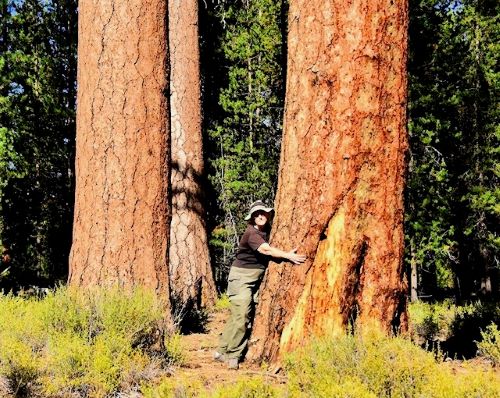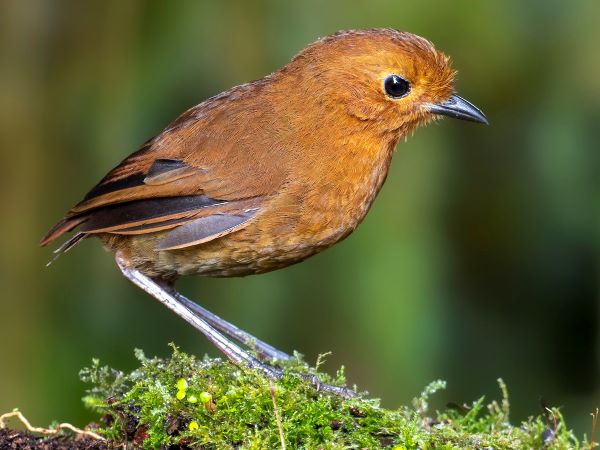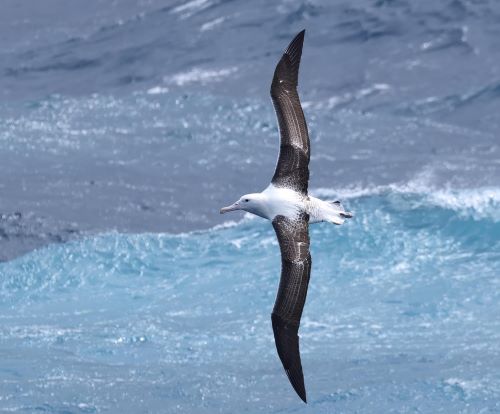Meet our new Habitat Haven volunteer. Evelyn Sherr has joined Lane Audubon’s Habitat Haven Backyard…
Photo: Cary Kerst
Article: Dave Stone
Want to see a Marbled Murrelet? Here’s how:
Head for the Oregon coast.
Find a clearing in the old-growth forest, 10-35 miles from the ocean.
Show up an hour before dawn.
Look up 50-200 feet in the air.
Listen for its distinctive, high-pitched “keer keer keer” call.
Watch very carefully for a chunky, robin-sized bird moving fast toward the ocean.
That’s it! Did you see it?
If you did, count yourself lucky. This bird’s no dummy. Because crows, ravens, and even Steller’s Jays prey on the bird, the eggs, and the chicks, the Marbled Murrelet likes to keep a low profile. Also, there aren’t a lot of them left in Oregon.
Photo: Cary Kerst
Article: Dave Stone
Want to see a Marbled Murrelet? Here’s how:
- Head for the Oregon coast.
- Find a clearing in the old-growth forest, 10-35 miles from the ocean.
- Show up an hour before dawn.
- Look up 50-200 feet in the air.
- Listen for its distinctive, high-pitched “keer keer keer” call.
- Watch very carefully for a chunky, robin-sized bird moving fast toward the ocean.
That’s it! Did you see it?
If you did, count yourself lucky. This bird’s no dummy. Because crows, ravens, and even Steller’s Jays prey on the bird, the eggs, and the chicks, the Marbled Murrelet likes to keep a low profile. Also, there aren’t a lot of them left in Oregon.
Natural History
The Marbled Murrelet is a member of the Auk (Alcid) family of diving birds such as puffins, guillemots, and murres. It ranges from the near-shore waters off of the Aleutian Islands in Alaska to the central California coast. While the population in Alaska is healthy (about 272,000 in 2005), the population along the Washington, Oregon, and California coasts is much smaller (about 20,000 in 2005).
The Marbled Murrelet finds safety deep in the interior of our old-growth forests, nesting on a moss pad on a large limb high in an ancient Douglas Fir, Sitka Spruce, Western Hemlock, or Redwood tree. There, every year or two, the female lays a single egg, and, alternating with its mate, incubates it for 30 days. They feed it for another 30-40 days until it fledges and flies, alone, to the ocean.
It spends the rest of the year there and in protected bays and fjords, feeding on fish such as herring.
Because of its secretive nesting behavior, it wasn’t until 1974 that a nest was finally located, 185 years after the Marbled Murrelet was first “discovered” (collected) in Alaska’s Prince William Sound by Dr. William Anderson, chief surgeon and naturalist on Captain Cook’s third voyage around the world.
Conservation Status
In 1988, concerned that the numbers of Marbled Murrelets in Oregon were declining rapidly, Portland Audubon Society commissioned a “status report” on the bird. The report concluded that “the principle factor affecting the continuing existence of the species over the southern portion of its North American range is destruction of old-growth and mature forests,” and petitioned the U.S. Fish and Wildlife Service (USFWS) to list the Marbled Murrelet under the Endangered Species Act. The USFWS did not act, and in 1991, Portland Audubon sued to force a listing decision; in 1992, it was listed as threatened in Oregon, Washington, and California.
Logging old-growth forests has several impacts on Marbled Murrelets:
It leads to direct destruction of nests and nesting trees.
It causes removal of suitable habitat.
It leads to fragmentation of the forest, allowing easier access by predatory crows, ravens, and jays to the remaining habitat.
It exposes remaining old growth to blow-downs due to high winds from surrounding clearcuts.
Much of the old-growth forest in the Oregon portion of Marbled Murrelet habitat lies in the Elliot, Clatsop, and Tillamook State Forests. The timber harvest in these forests provides a significant amount of money to the Oregon Common School Fund. In spite of the needs of the Marbled Murrelet under the Endangered Species Act listing, the state proposed increased logging in murrelet habitat in these forests.
Portland Audubon Society, along with Cascadia Wildlands and the Center for Biological Diversity, sued the state to stop logging in Marbled Murrelet habitat. In November 2012, Federal Judge Ann Aiken halted logging in Marbled Murrelet habitat until the case can be resolved.
Actions
Still want to see a Marbled Murrelet? You don’t have to wander around on your own in the woods looking for a suitable site. Instead, join Paul Engelmeyer, Portland Audubon’s Ten Mile Creek Sanctuary coordinator, in Yachats, Oregon, on July 10 and 11 for a Marbled Murrelet Training and Survey. For more information, call Paul at 541.547.4227 or e-mail him at pengelmeyer@peak.org.
Learn More about Marbled Murrelets
Rare Bird by Maria Mudd Ruth (Eugene Public Library call # 598.33 MUDD RUTH 2005)
Portland Audubon: http://audubonportland.org/issues/species/murrelet/murrelet
Oregon Wild: http://www.oregonwild.org/fish_wildlife/wildlife-pages/marbled-murrelet
Oregon Field Guide (on Oregon Public Broascasting): http://www.opb.org/programs/ofg/segments/view/1115



